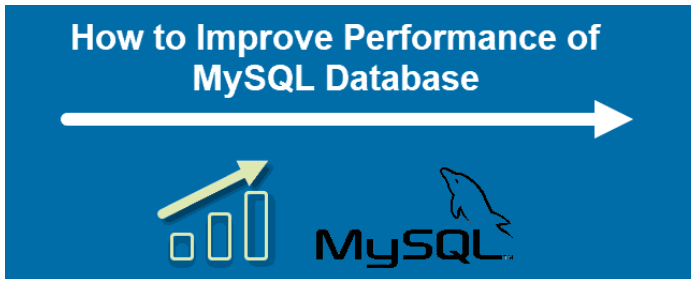
Monitoring and troubleshooting MySQL performance issues
Monitoring MySQL performance issues and troubleshooting them is one of the most crucial aspects of managing a database. Various factors can contribute to performance issues, such as slow query execution, high CPU usage, low memory usage, and disk I/O bottlenecks to name a few. In order to effectively monitor and troubleshoot performance issues, it is important to have a clear understanding of what the underlying causes are and how to identify them.
The following are some common techniques for monitoring and troubleshooting MySQL performance issues that are commonly encountered:
- Query optimization: In order to identify the cause of slow query execution, you can use the EXPLAIN statement to analyze query performance
- Performance schema: The performance schema is a set of tables that provide detailed information about the performance of the server through a set of queries. In order to monitor and diagnose performance issues, you can use these tables.
- Slow query log: As the name implies, the slow query log records queries that take longer than a specified amount of time to execute. If you review the slow query log, you can identify performance bottlenecks that may be causing the slow query
- System and status variables: The server’s system and status variables provide information about the current state of the server. These variables can be used to monitor performance and diagnose performance problems based on these variables.
- Performance monitoring tools: There are several third-party tools that can be used to monitor and diagnose performance issues in MySQL, such as Percona Toolkit, MySQL Enterprise Monitor, and many more.
- Performance testing: Perform performance tests on the database to simulate real-world loads and identify the performance bottlenecks by using performance testing tools.
- Troubleshooting performance issues: In order to troubleshoot performance issues, you can first try to identify the cause of the issue, and then either tune the database configuration or optimize the database design in order to resolve the issue.
It should be noted that monitoring and troubleshooting performance issues in MySQL require a systematic approach and a clear understanding of the underlying causes of performance bottlenecks in order to be successful. It is possible to monitor and troubleshoot performance issues effectively and ensure that your MySQL database is running at peak performance by using the techniques outlined above.



